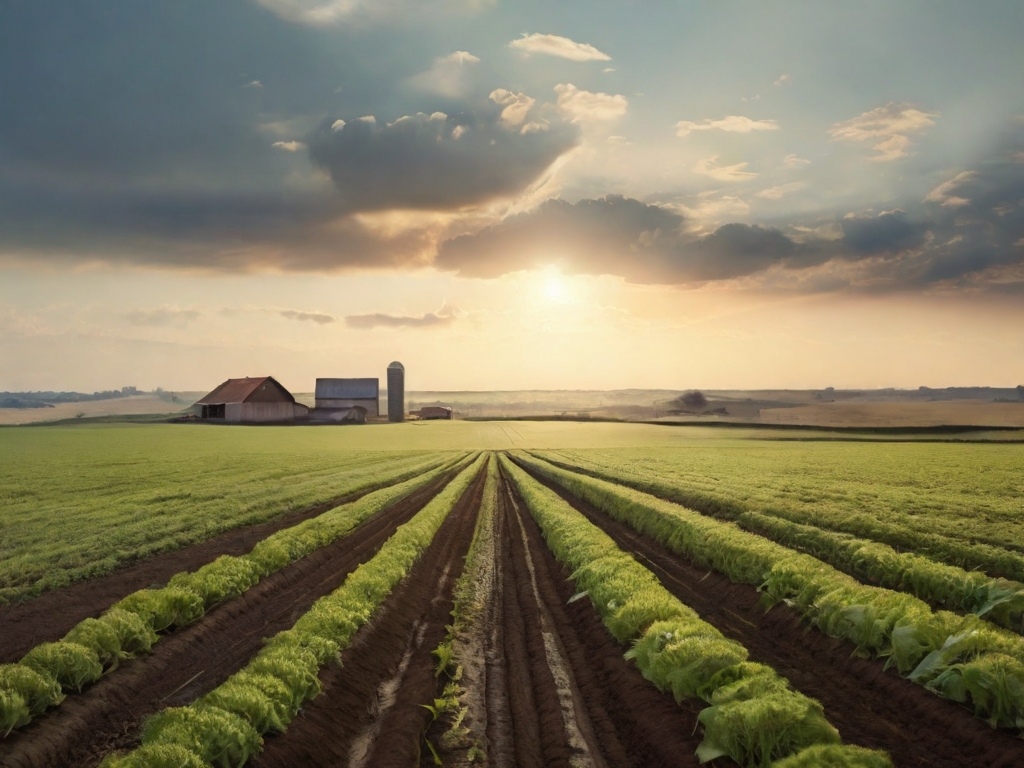Dairyman Paul Windemuller, a Nuffield scholar for the year 2024 and the first generation from Michigan in agriculture, is weighing up the pros and cons of integrating AI into farming. The main aim of his talk is to describe the utilization of ruminants or dairy farms. An interesting aspect of the talk was the collaboration of AIBC, led by Windemuller, along with Nuffield Scholars from seven countries. Currently, the group is in Ireland to explore AI applications on farms thoroughly.
AI in Dairy Farming
AI technology is demonstrated by using a robotic milking system in Levone Dairy Co., where there are around 230 cows. The containment system ensures that these young stock can roam to feed on natural grass under a controlled environment, where it combines the ancient techniques of farming with the latest technological advancement. Windemuller’s business, providing services for more than ninety years already, is an indisputable example of the highest efficiency and innovative spirit.
Windemuller said about AI applications: “AI can greatly enhance how we identify animals and manage farm personnel.” Sigintigo jeuno kalenandaa amaveeu AI yushuni bootoo doonay jiikiniu amo denddoyoo aman motoonyayman ardotoo. Beyond the operational efficency, the positive implications can be wide enough to turn the whole FBs into more productive and sustainable. On the other hand, Windemuller is examining two long-term alternatives for his involvement in the business. The first of these encompasses the idea of growing his dairy farm business even further.
AI innovation and advanced breeding at Ballycoose farm
The other is potentially more transformative: building AI tools directed to and optimized for the needs of the agricultural creation sector. “In creating AI tools as a new business base,” he cited, “the prospect of AI development is particularly interesting.” This decision may place Windemuller among those on the frontier of agricultural technology by providing a sharper focus on AI utilization that ultimately drives system-level innovations.
The group of the Nuffield Scholars also had a farm visit at the Ballycoose farm in County Antrim, owned by the husband and wife pairs Campbell Tweed and Isobel Tweed. This farm tour brought the scholars valuable knowledge on how the farm works mechanically, guided as it is by EasyCare and Wiltshire Horn ewes of 3,000 sheep.
Ballycoose Farm shows an example of the success of the craft with the help of smart breeding. Every trustee sheep is studio bred, and performance is recorded at all times with a Breeding Program that improves flock performance on a consistent basis. The EasyCare animals, which have a 57-year history and have been created with the traits that make for easy shedding of wool and polled (hornless) traits, help to make the place a fine example of operational efficiency. The management of this farm, being labor-efficient and using the new breeding methods and cutting-edge farm techniques being introduced, represent the kind of excellencies that can be achieved when science meets farming (the main two elements of AI in agriculture). These ideas come in sync with AI’s promise in food production.
Revolutionizing global agriculture through AI integration
Windemuller’s discoveries in Ireland’s agricultural sector could have far-reaching consequences in the global agricultural industry. AI incorporation into farms enables the attainment of such heights in production efficiency, resourcefulness, and quality of produce. These innovations, though they ensure the management of the demand for food and sustainable practices and, at the same time, address the challenges posed by climate change, are most important in today’s environment.
AI can solve these problems by providing the required tools aimed at improving the productivity of operations and making the use of resources more efficient. AI contributes to improved monitoring and supervision of dairy cattle farms through specific algorithms designed to help increase milk production and quality. In the larger pasture management sector, the same benefits can be found, where AI will support better animal health leaving, breeding, and overall herd management structures.
As Paul Windemuller continues to explore these technologies, his work not only highlights the potential of AI in agriculture but also sets a path for other farmers and tech developers to follow. The insights gained from such studies are vital for informing future policies, investment decisions, and technological deployments in the sector, ultimately aiming to harness technology for sustainable and profitable farming practices. This exploration and subsequent application of AI in farming can indeed bridge the gap between traditional practices and modern technological needs, paving the way for a revolution in the agricultural sector.
This article originally appeared in Farming News





